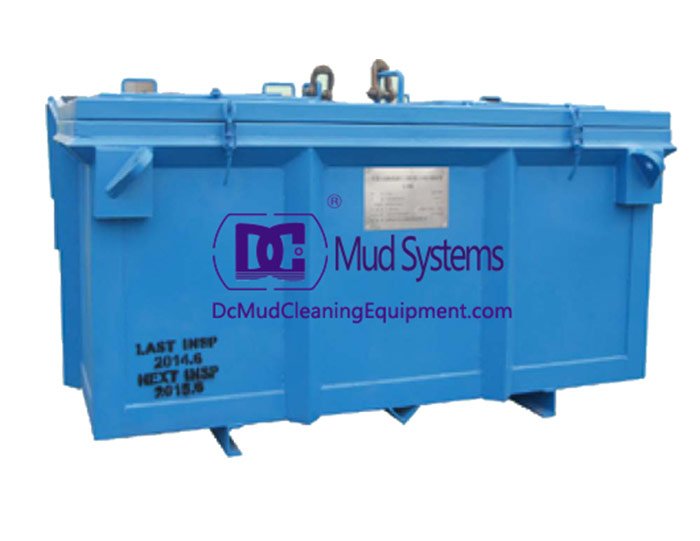Innovations in Drilling, Cutting, and Screw Conveyor Technologies
In the realm of industrial manufacturing and processing, the tools and systems we utilize can significantly impact efficiency, safety, and overall productivity. Among these, drilling, cutting, and screw conveyor technologies play pivotal roles, enabling seamless material handling and precise manufacturing processes. As industries continue to advance, companies specializing in these technologies are continuously innovating to meet the ever-evolving demands of various sectors, ranging from mining and construction to food processing and manufacturing.
The Importance of Drilling and Cutting Technologies
Drilling and cutting are foundational processes in numerous industries, providing the means to shape, form, and assemble materials. From extracting minerals in mining to preparing components in manufacturing, these processes require robust and precise tools. Advanced drilling technologies have been developed to enhance efficiency and reduce environmental impact. For example, modern drill bits incorporating materials like tungsten carbide significantly increase durability and reduce wear during operation. Furthermore, innovations in CNC (Computer Numerical Control) cutting machines allow for unparalleled precision, enabling industries to produce intricate components with minimal waste.
In addition to physical advancements, software solutions are becoming an integral part of drilling and cutting technologies. CAD (Computer-Aided Design) and CAM (Computer-Aided Manufacturing) applications allow engineers and manufacturers to simulate processes before execution, minimizing errors and optimizing performance. This integration of technology enhances productivity and ensures that resources are utilized effectively.
The Role of Screw Conveyors in Material Handling
Screw conveyors are crucial for transporting bulk materials efficiently within various industries. These systems use a rotating helical screw to move materials along a defined path, making them ideal for handling granular or powdery substances. The versatility of screw conveyors allows them to be used in a range of applications, from transporting grain in agriculture to managing waste materials in manufacturing facilities.
One significant advantage of screw conveyors is their ability to operate in confined spaces thanks to their compact design. Additionally, they can be inclined or horizontal, providing flexibility in installation. With advancements in materials and engineering, modern screw conveyors are built to withstand abrasive materials and harsh environments, ensuring longevity and reliability.
drilling cutting screw conveyor company
Innovations and Technological Advancements
As we move further into the 21st century, the intersection of technology and traditional manufacturing processes leads to exciting innovations. For example, the introduction of IoT (Internet of Things) has transformed drilling and conveyor systems. Smart sensors can now monitor equipment performance in real-time, allowing for predictive maintenance. This capability reduces downtime and lowers maintenance costs, significantly enhancing operational efficiency.
Moreover, automation is becoming increasingly prominent. Automated drilling rigs and cutting machines can operate autonomously, resulting in higher precision and reduced labor costs. Robotics is also making its way into material handling, with robotic arms equipped to manage and transport materials using screw conveyors, streamlining operations and reducing the risk of manual handling injuries.
Challenges and Future Prospects
While advancements in drilling, cutting, and screw conveyor technologies are promising, they are not without challenges. The need for skilled labor to operate and maintain these systems remains a concern, especially as technologies become more complex. Additionally, grappling with environmental regulations and sustainability issues is increasingly prominent. Companies face pressure to innovate while ensuring that their operations minimize ecological footprints and comply with local and global regulations.
The future of drilling, cutting, and screw conveyor technologies will likely focus on sustainability and efficiency. Innovations such as biodegradable materials, energy-efficient systems, and closed-loop water recycling in drilling applications will not only reduce environmental impact but also contribute to cost savings. As industries recognize the value of integrating sustainable practices into their operations, companies that prioritize eco-friendly innovations will have a competitive edge.
Conclusion
The continuous evolution of drilling, cutting, and screw conveyor technologies reflects the dynamic nature of modern industrial practices. As companies focus on improving efficiency, precision, and sustainability, it is clear that these technologies will play a vital role in shaping the future of manufacturing and material handling. Embracing innovation and responding to market demands will ensure that these companies remain at the forefront of their industries, driving progress and enhancing productivity across various sectors.
 Linear Motion Shale Shaker In Drilling Rig
Linear Motion Shale Shaker In Drilling Rig  Oilfield Mud Cleaner
Oilfield Mud Cleaner  Drilling Fluid Decanter Centrifuge
Drilling Fluid Decanter Centrifuge  Drilling Mud Desander
Drilling Mud Desander  Hydrocyclone Desilter
Hydrocyclone Desilter  Centrifugal Pump/Centrifugal Mud Pump
Centrifugal Pump/Centrifugal Mud Pump  Shear Pump
Shear Pump  Jet Mud Mixer
Jet Mud Mixer  Horizontal Mud Agitator
Horizontal Mud Agitator  Constant Pressure Drilling Fluid Mud Gas Separator
Constant Pressure Drilling Fluid Mud Gas Separator  Mud Gun
Mud Gun  Mud Tank
Mud Tank  Solids Control System Vacuum Degasser
Solids Control System Vacuum Degasser  Flare Ignition Device
Flare Ignition Device  Diesel Tank
Diesel Tank  Submersible Slurry Pump
Submersible Slurry Pump 






































